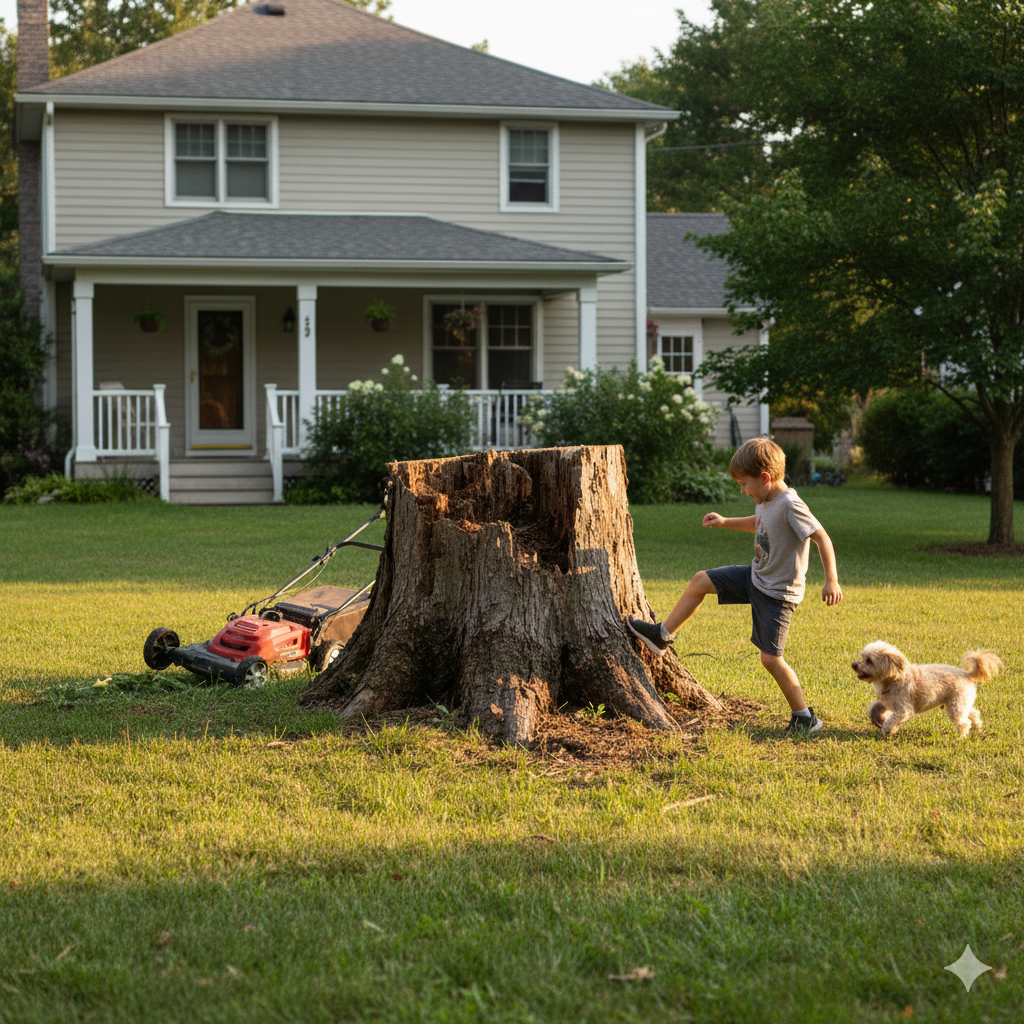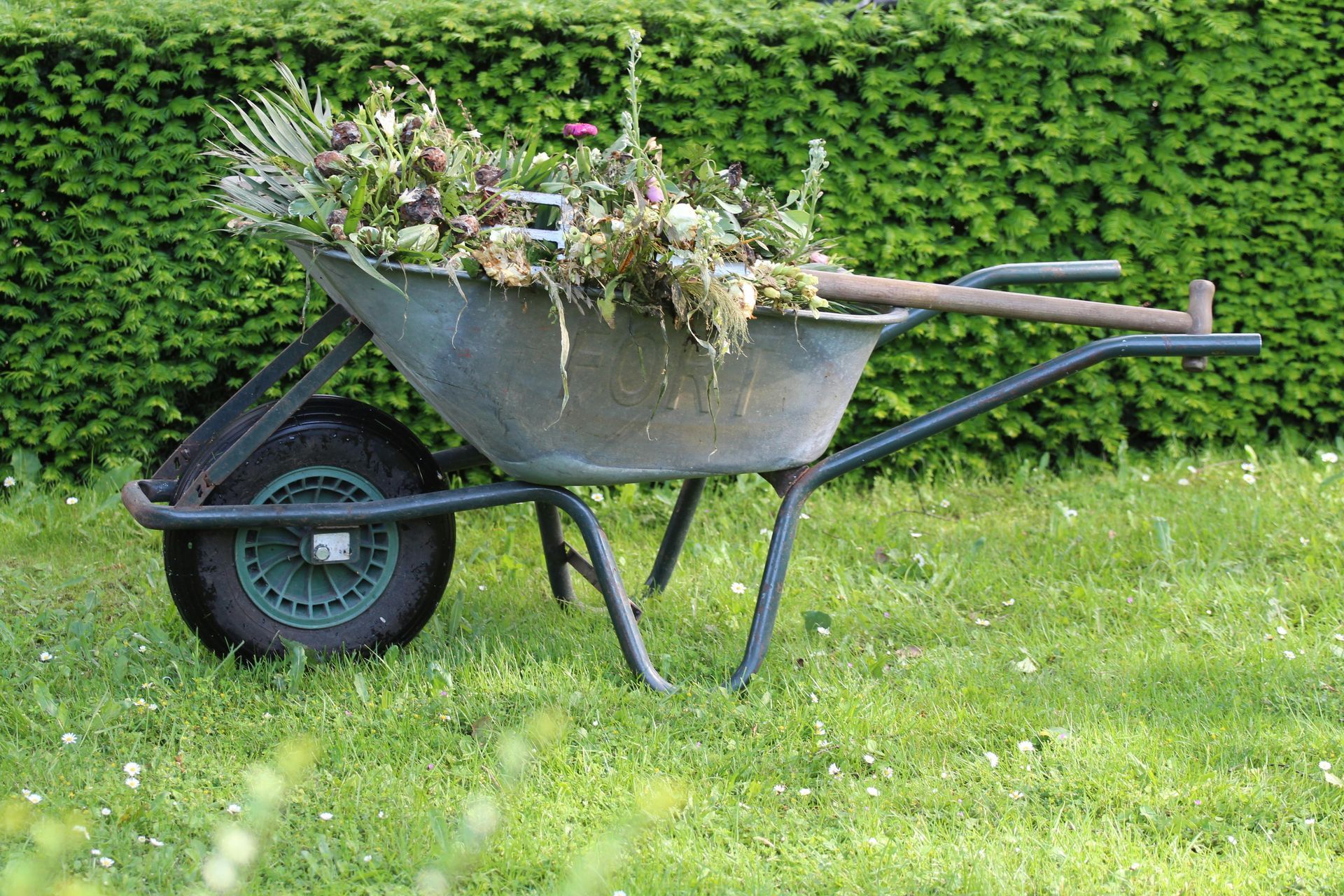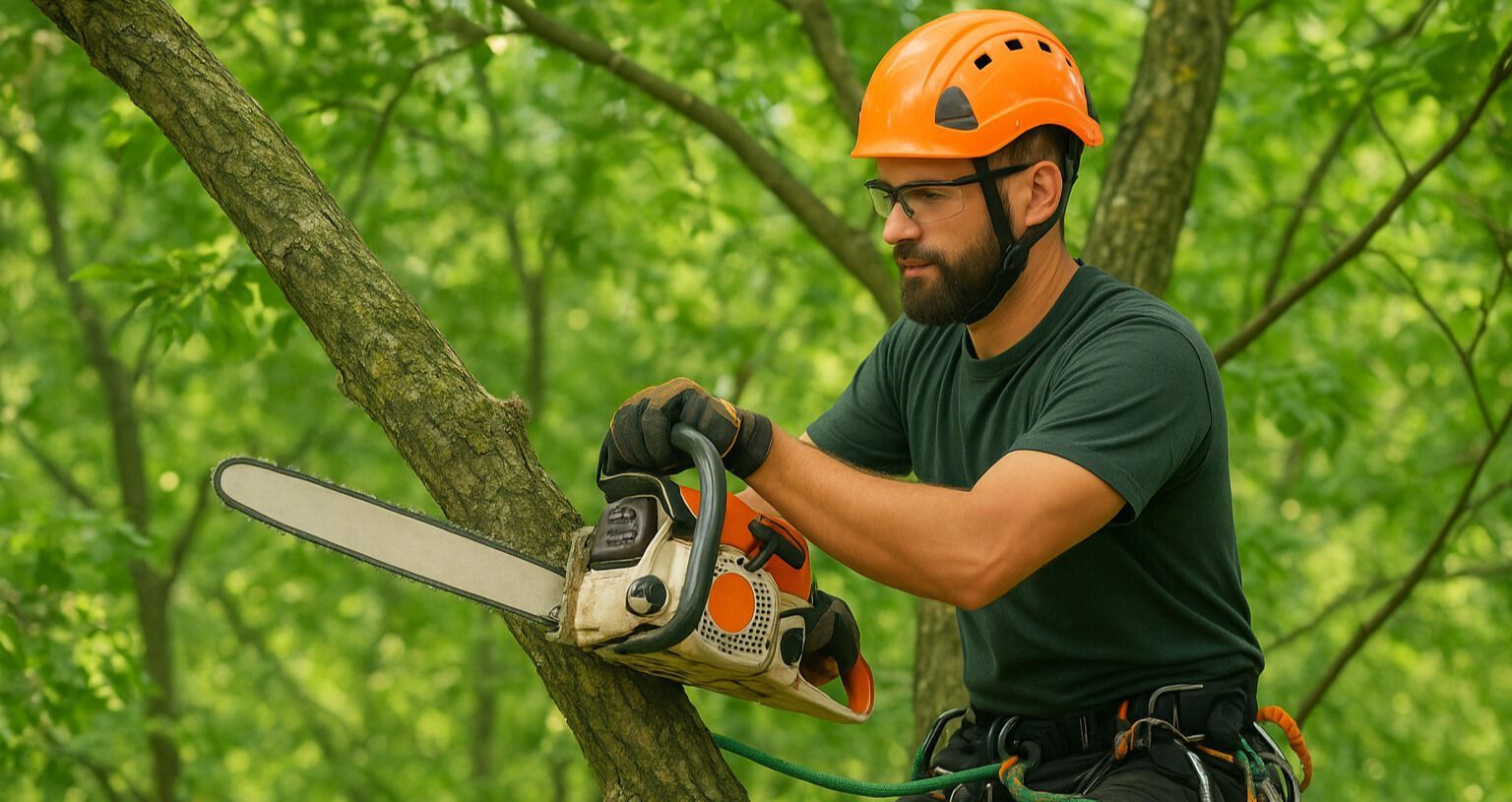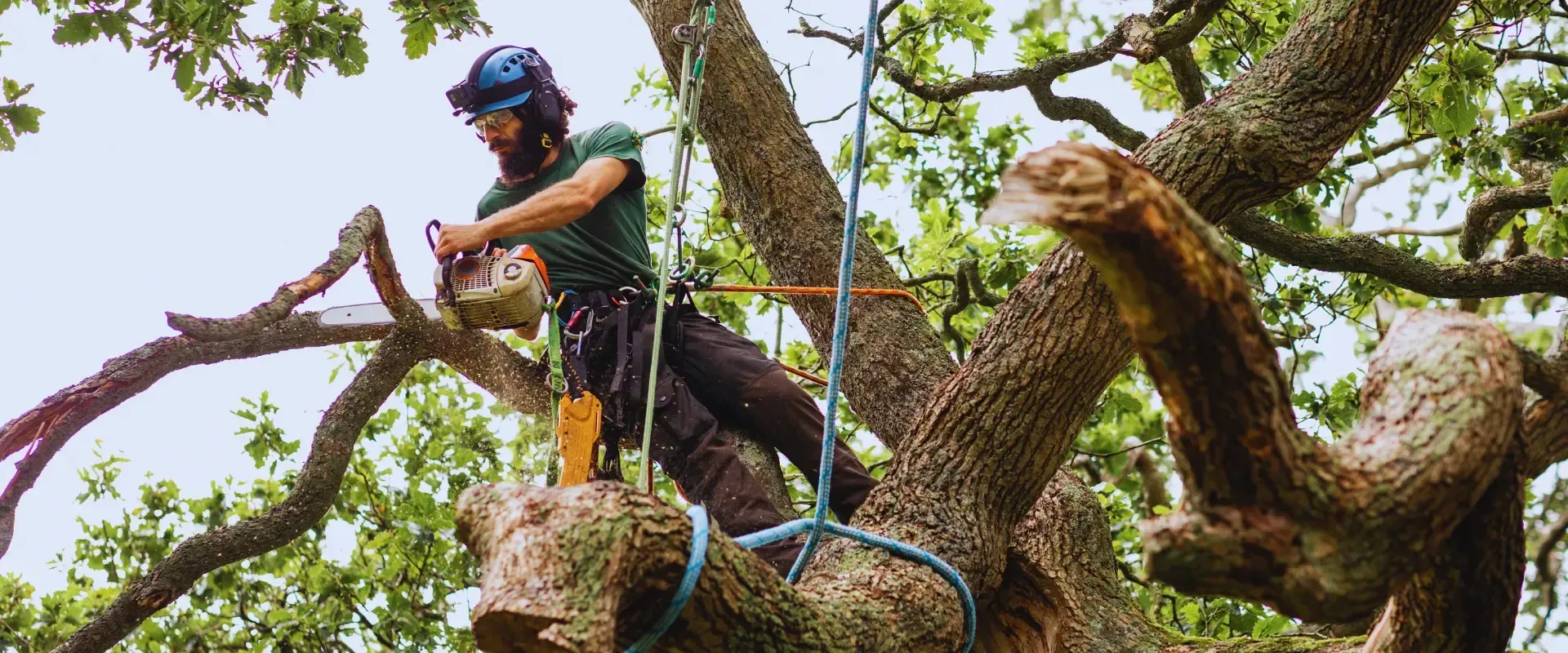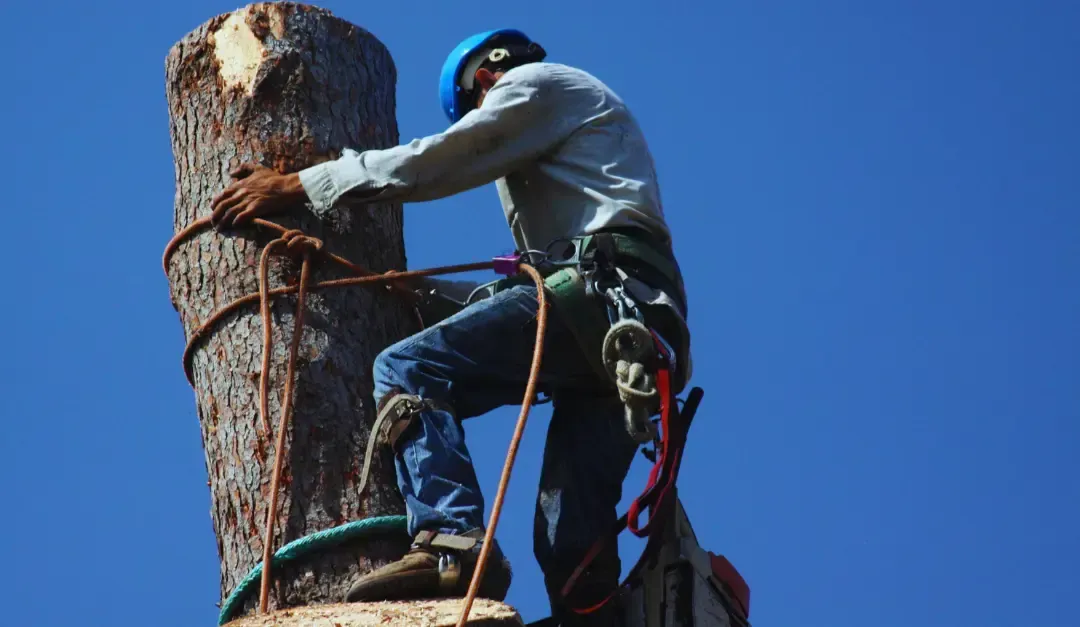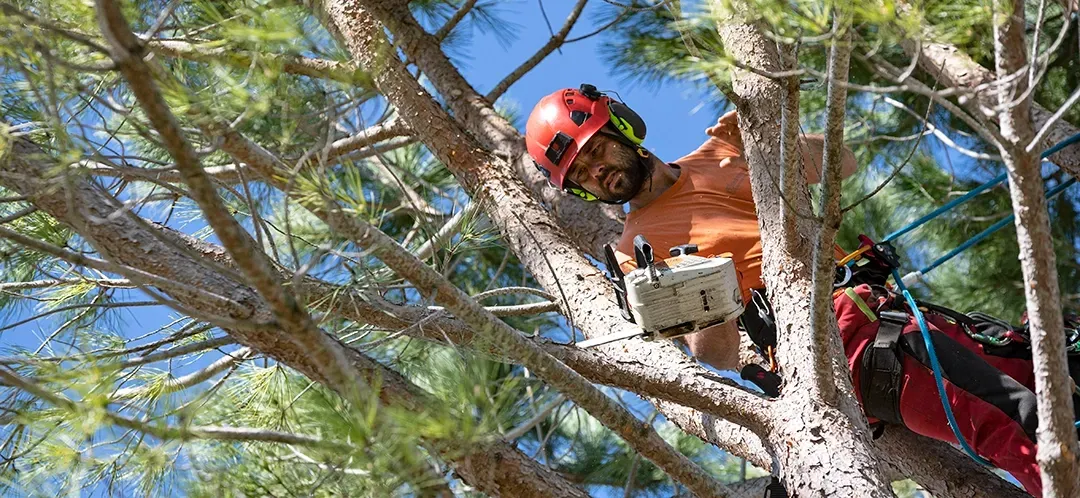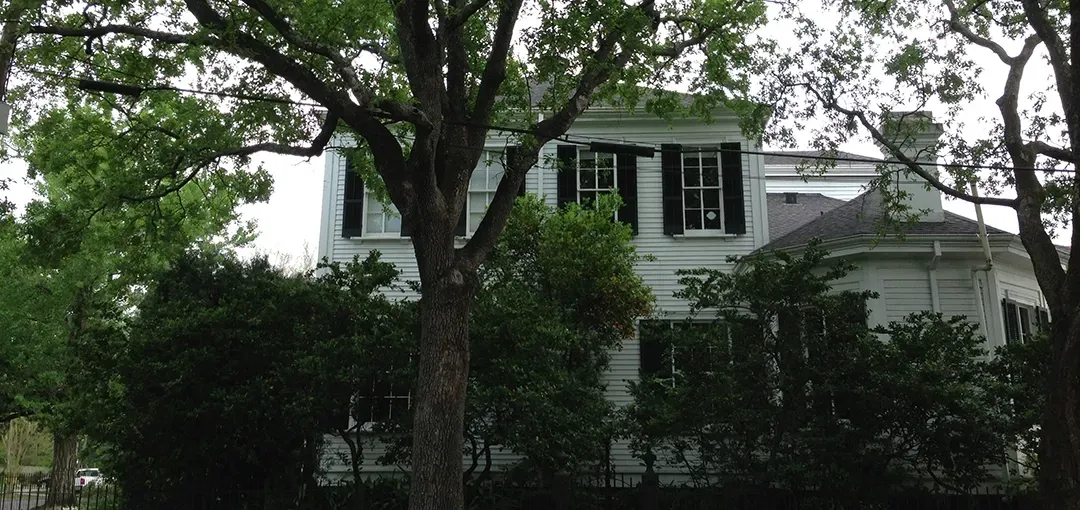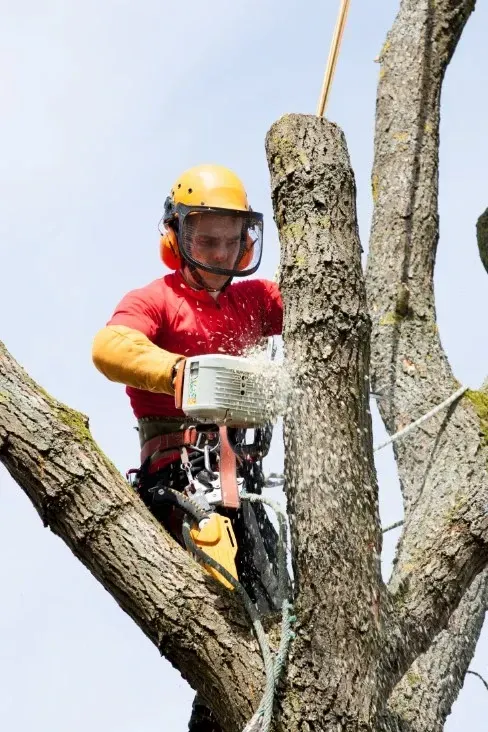Mastering the Art of Tree Trimming: A Comprehensive Guide
A comprehensive guide to trimming trees
Proper tree trimming is essential for the health and aesthetics of your landscape. Regular pruning not only enhances the beauty of your trees but also promotes their overall well-being. In this article, we'll explore the art of tree trimming and provide essential tips and techniques to ensure your trees thrive.
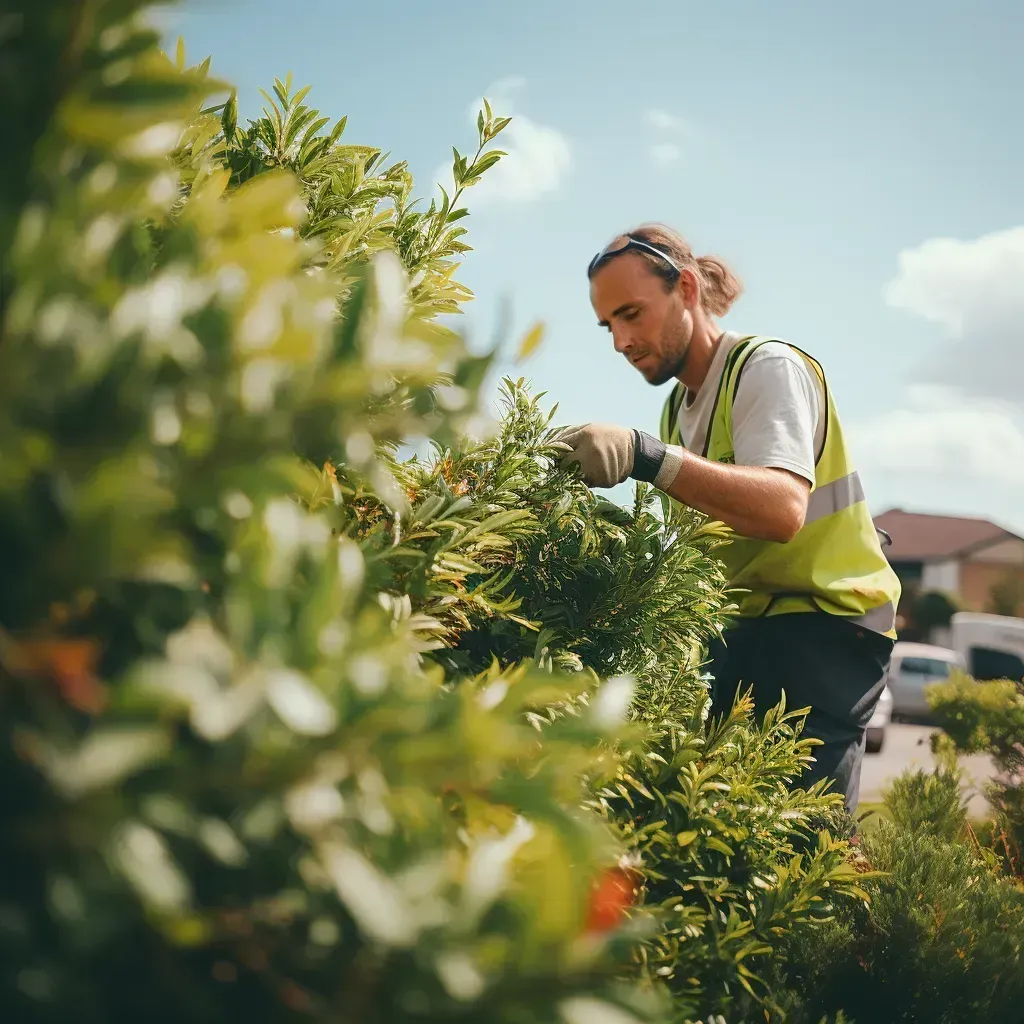
Understanding the Importance of Tree Trimming
Tree trimming is more than just a cosmetic procedure; it's vital for the tree's vitality. Key benefits include:
- Enhanced Aesthetics: Trimming helps maintain your trees' natural shape, making your landscape more appealing.
- Safety: Removing dead or overhanging branches reduces the risk of accidents.
- Improved Tree Health: Pruning promotes new growth, removes diseased parts, and encourages better air circulation.
When to Trim Your Trees
Timing is crucial when it comes to tree trimming. The ideal periods for different types of trees are as follows:
- Deciduous Trees: Late winter or early spring before new growth.
- Evergreen Trees: Late winter when they are dormant.
- Flowering Trees: After they bloom to avoid cutting off potential blossoms.
Tree Trimming Techniques
Proper techniques ensure the health of your trees and prevent damage:
- Pruning Shears: Use clean, sharp pruning shears for small branches up to 1 inch in diameter.
- Loppers: Ideal for branches between 1 and 2 inches thick.
- Handsaw: For larger branches, use a handsaw with fine teeth for a clean cut.
- Trimming Cuts: Make clean, angled cuts just beyond the branch collar to encourage proper healing.
Keyword Integration: When conducting tree trimming, consider incorporating these keywords for SEO optimization:
- Tree pruning
- Tree trimming techniques
- Healthy tree maintenance
- Expert tree care
- Tree pruning tips
- Tree trimming safety
Safety Precautions
Safety should always be a top priority:
- Wear Safety Gear: Utilize gloves, safety glasses, and a helmet.
- Survey Your Surroundings: Ensure no one is in the vicinity when trimming.
- Use Proper Tools: The right tools ensure precision and safety.
Conclusion
Proper tree trimming is essential for maintaining the health and beauty of your landscape. By following the right techniques and timing, you can ensure that your trees flourish for years to come. Invest in regular tree trimming to enjoy a safer, more beautiful outdoor environment.
Remember, if you're unsure about your tree trimming skills, it's always wise to consult a professional arborist for expert guidance.
Keyword Takeaways:
- "Tree trimming" is essential for tree health and aesthetics.
- Timing matters when pruning different types of trees.
- Use the right tools and techniques for safe and effective trimming.
FAQ
Q: Is tree trimming necessary for all types of trees in my yard?
A: Yes, tree trimming is beneficial for most trees. While the frequency and specific techniques may vary depending on the type and age of the tree, regular maintenance helps ensure their health and safety.
Q: How often should I trim my trees?
A: The frequency of tree trimming depends on the type of tree, but most trees benefit from annual pruning. Deciduous trees are typically pruned in late winter or early spring, while evergreen trees are best trimmed in late winter when they're dormant.
Q: Can I trim my trees at any time of the year?
A: It's best to avoid trimming during the active growing season, as it can stress the tree. For deciduous trees, late winter or early spring is ideal, and for flowering trees, pruning should be done after they bloom.
Q: What should I do with the branches I've trimmed?
A: Properly dispose of the branches by recycling or using them for mulch or firewood if suitable. Avoid leaving them near the base of the tree as this can invite pests and diseases.
Q: Can I trim my trees myself, or should I hire a professional?
A: Small, manageable tasks can be done by homeowners with the right tools and knowledge. However, for extensive or high-risk tree trimming, it's recommended to hire a professional arborist who can ensure safety and optimal results.
Q: What are the signs that a tree needs trimming?
A: Look for signs of dead or diseased branches, excessive growth that affects the tree's shape or the well-being of other plants, and branches that pose a safety hazard due to proximity to structures or utility lines.
Q: Are there any safety precautions I should take when trimming trees?
A: Absolutely. Wear appropriate safety gear, survey your surroundings to ensure no one is nearby, and use the right tools for the job. If in doubt or dealing with large or complex tree trimming, consult a professional for safety reasons.
Q: What are the benefits of hiring a professional arborist for tree trimming?
A: Arborists have the expertise and equipment to trim trees safely and effectively. They can assess the health of the tree, identify specific trimming needs, and ensure that the work is done to promote the tree's longevity.
Q: How does tree trimming contribute to tree health?
A: Trimming promotes new growth, removes dead or diseased branches, enhances air circulation, and reduces the risk of pest infestations. It also helps the tree allocate its resources more efficiently, improving overall health.
Remember that proper tree trimming is essential for maintaining the health and beauty of your landscape. If you have specific questions or concerns about your trees, it's advisable to consult a professional arborist for expert guidance.
